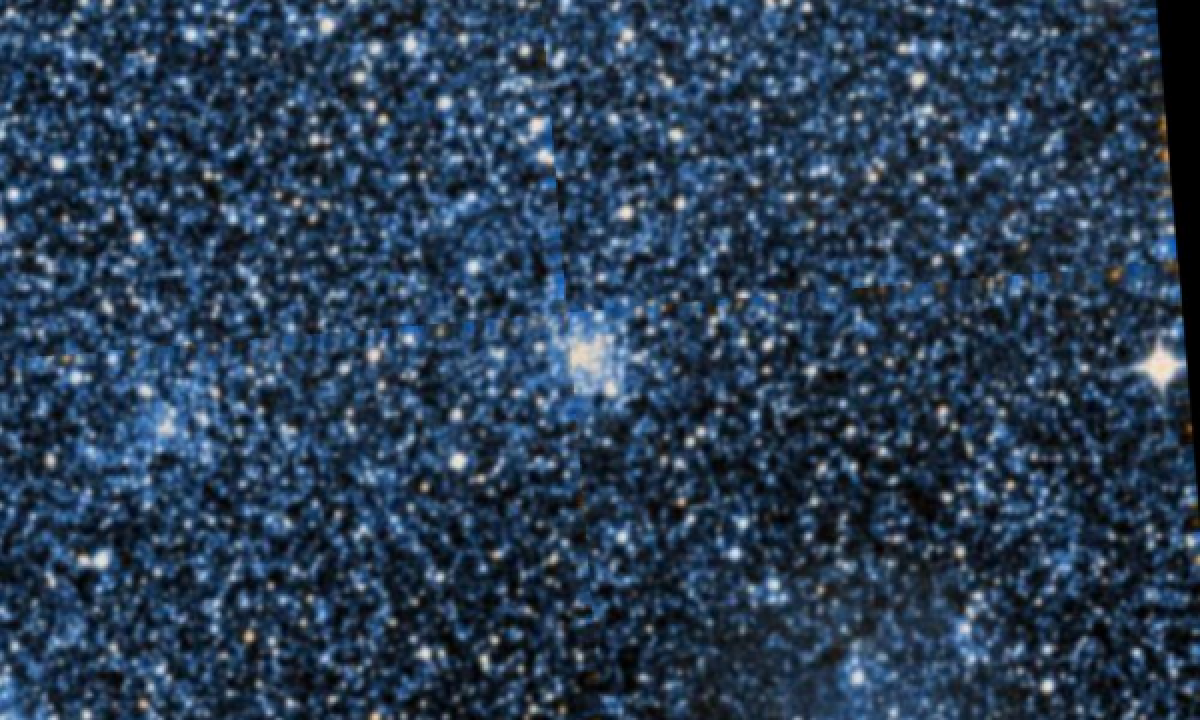The New General Catalogue of Nebulae and Clusters of Stars (abbreviated as NGC) is a catalogue of deep-sky objects compiled by John Louis Emil Dreyer in 1888. The NGC contains 7,840 objects, known as the NGC objects. It is one of the largest comprehensive catalogues, as it includes all types of deep space objects, including galaxies, star clusters, emission nebulae and absorption nebulae.
Know more about NGC
NGC 265

NGC 265 is an open cluster of stars in the southern constellation of Tucana. It is located in the Small Magellanic Cloud, a nearby dwarf galaxy. The cluster was discovered by English astronomer John Herschel on April 11, 1834. J. L. E. Dreyer described it as, "faint, pretty small, round", and added it as the 265th entry in his New General Catalogue. This cluster has an angular core radius of 18″ and a physical radius of approximately 47 ly. It has a combined 4,200 times the mass of the Sun and is around 250 million years old. The metallicity of the cluster – what astronomers term the abundance of elements with higher atomic number than helium – is at around −0.62, or only 24% of that in the Sun. The turn-off mass for the cluster, when a star of that mass begins to evolve off the main sequence into a giant, is about 4.0 to 4.5 M☉.
More Images:

Sources:
Wikipedia Page: NGC 265
NGC 265 at In-The-Sky website
